
Solar, haying, and owning the solar array
Converting arable land to energy production undermines the future of farming. But innovators like Nate know it doesn’t have to be one or the other – if done right, solar can be leveraged to support farmers, rather than threaten them.
Seeing the Massachusetts SMART program as an opportunity for revenue diversification and farmland preservation, Nate pioneered a plan to own both the solar system and the land underneath. Million Little Sunbeams does not involve a lease to a solar developer but instead was designed to allow the Tassinari family to sell the excess energy to the surrounding community — a win for the family farm that has allowed it to stay in operation…

Advancing sustainable meat production through policy reform and carbon offset funding
Regenerative Grazing NC is a multi-year, student-led project to increase the adoption of regenerative grazing systems in North Carolina. We believe that regenerative grazing is the key to sustainable meat production in a climate-constrained world. Changing food systems is a tremendously complex undertaking and our community partners are doing amazing work advocating policy, providing extension support, conducting research, and developing robust supply chains to connect producers with consumers.
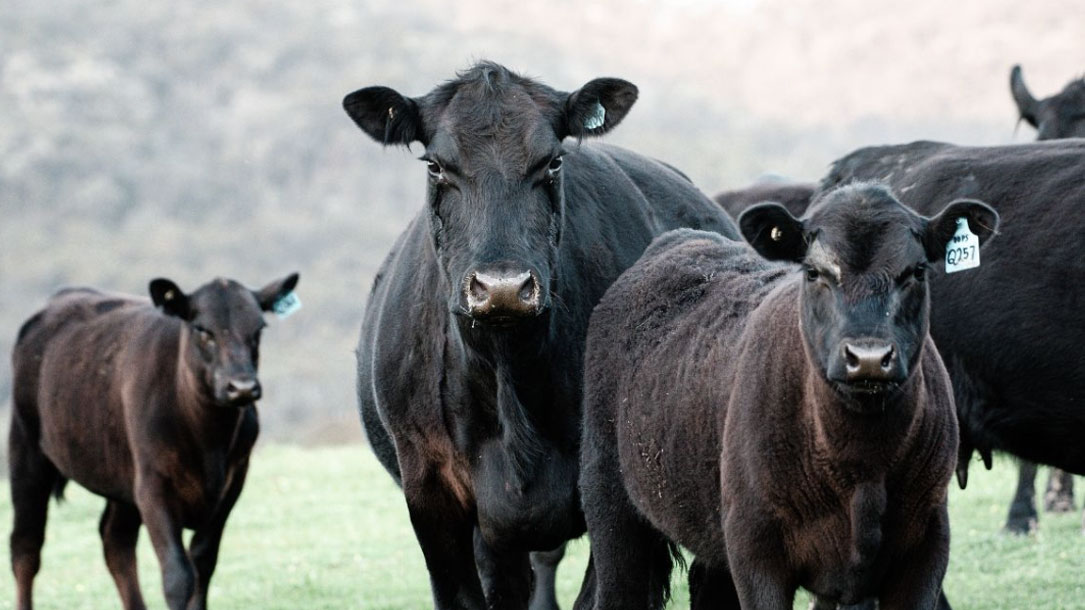
Regenerative grazing to mitigate climate change
Working with numerous partner organizations, team members from the four major Triangle research universities (Duke, NC Central, NC State, UNC) developed healthy soils policy recommendations for North Carolina, as well as tools to help producers and policy-makers understand the potential of grazing…
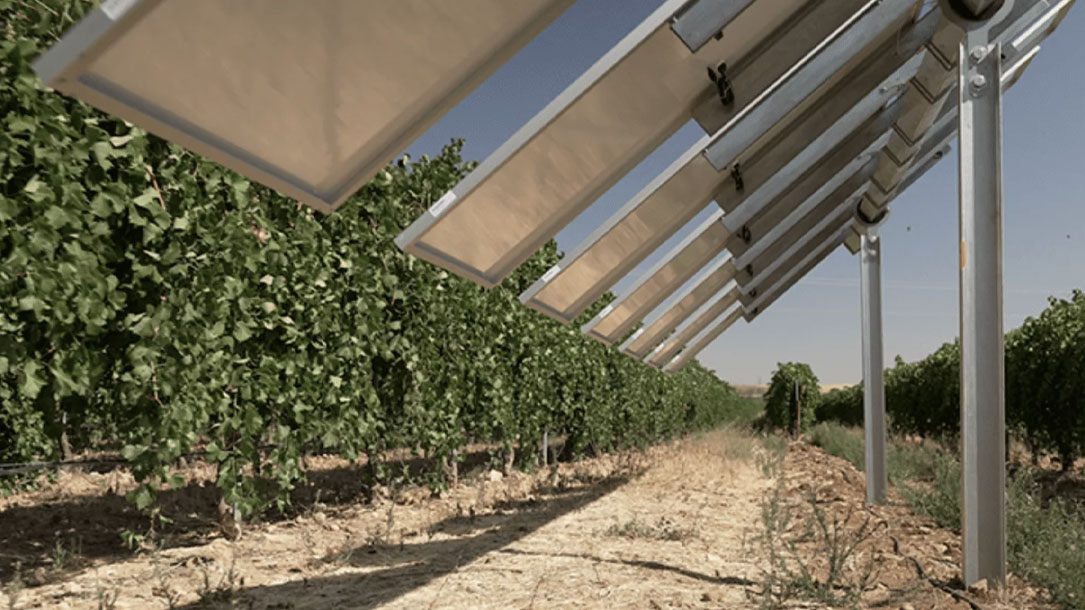
Iberdrola starts up Spain’s first smart agrovoltaic plant in Toledo
While combining solar energy and agricultural land is not new, one component that makes the Winesolar project stand out is that it will have a tracking system, with trackers from PVH, that uses artificial intelligence (AI) to determine the most efficient solar panel positioning over the vines at any time…

Spanish vineyards use solar panels to protect wine grapes
While combining solar energy and agricultural land is not new, one component that makes the Winesolar project stand out is that it will have a tracking system, with trackers from PVH, that uses artificial intelligence (AI) to determine the most efficient solar panel positioning over the vines at any time, according to Iberdrola. Techedge, an IT firm, will help the solar panel project further the wineries’ agricultural goals.
Sensors in the vineyards will record data including soil humidity, wind conditions, solar radiation, and even vine thickness to find the optimal position for the solar panels, giving the vines a fighting chance against the effects of climate change…
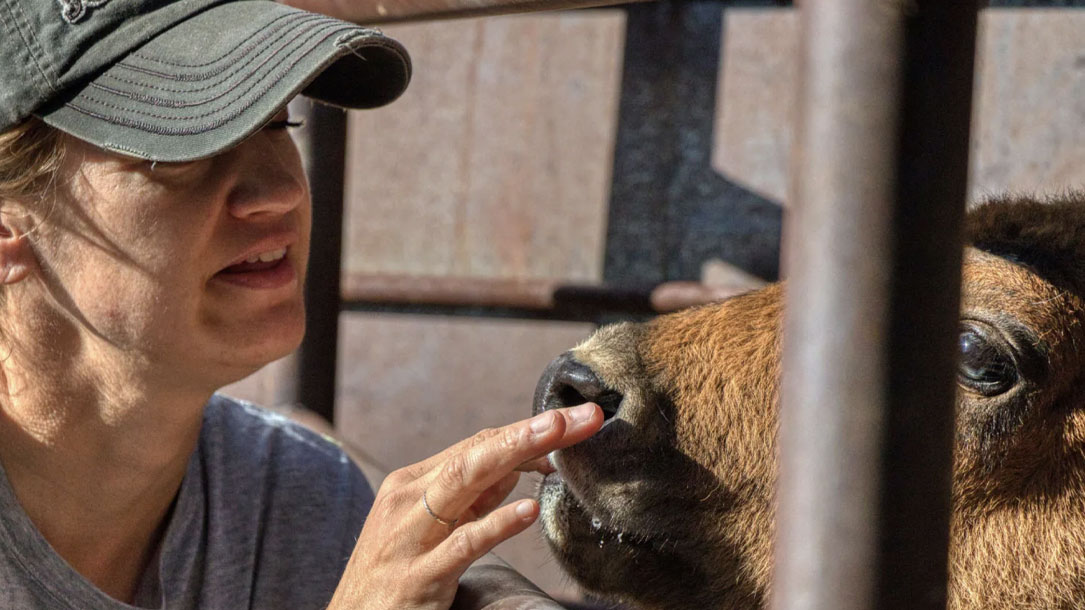
Three-quarters of Montana farmers, ranchers anxious about climate change, survey finds
Paul Lachapelle of Montana State University says the growing risks and uncertainty are taking a toll on farmers’ and ranchers’ mental health.
He and co-researchers surveyed about 120 Montana farmers and ranchers.
“Nearly three quarters noted they were experiencing moderate to high levels of anxiety when thinking about climate change and its effects on their agricultural business,” Lachapelle says.
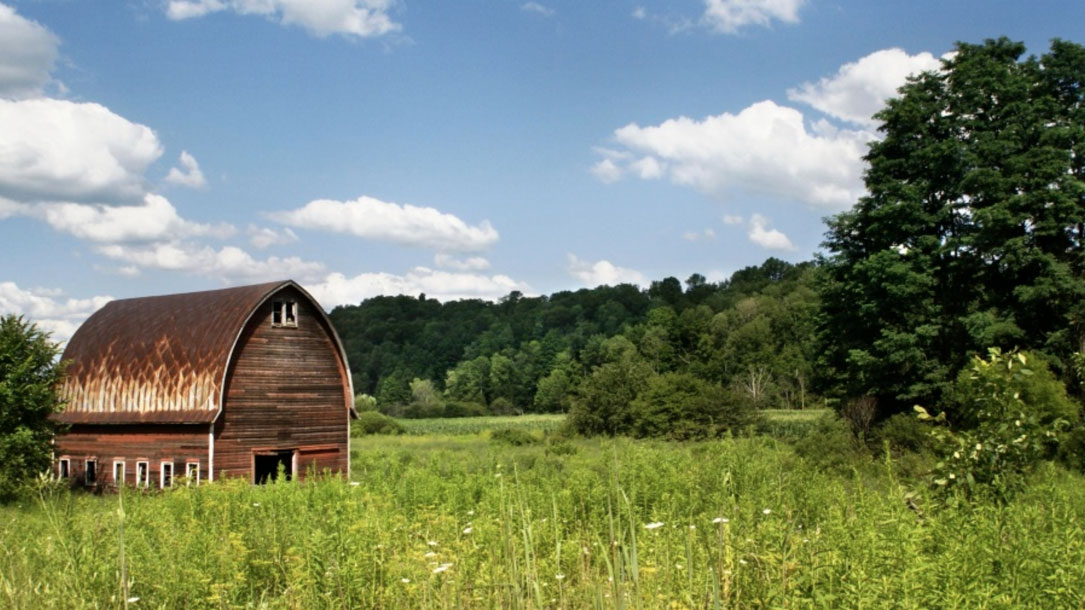
How the Inflation Reduction Act helps rural communities
The Inflation Reduction Act recognizes the critical role that America’s farmers, ranchers, and forest landowners play in addressing the climate crisis. The law will:
- Invest in helping farmers, ranchers, and forest landowners deploy climate-smart practices that will reduce greenhouse gas emissions, increase storage of carbon in soils and trees, and make their operations more productive.
- Support innovative, cost-effective ways to measure and verify climate benefits, including through USDA’s Environmental Quality Incentives Program, Conservation Stewardship Program, Agricultural Conservation Easement Program, Regional Conservation Partnership Program, and Conservation Technical Assistance.
- Help up to 280,000 farmers and ranchers apply conservation to approximately 125 million acres of land.

Agrivoltaics looks at farming around/among solar panels
Double cropping solar power and organic dairy production works successfully here, but the concept – called agrivoltaics – is still very new.
Agrivoltaics is a new umbrella term defined as any farming practices on the land supporting solar power.
Around the world, innovators are looking for ways that solar panels and agriculture can benefit from the other. Flowers, pollinator plants, alfalfa, grass, vegetables and greens, and fruits and berries are some of the potential crops that people are planting in conjunction with solar panels…

How installing solar canopies over canals can help California fight drought
A first-in-the-nation project to determine whether covering sections of canals with solar panels can help California reach its renewable energy goals is gearing up to break ground early next year…
Researchers from the University of California, Merced determined that covering the 4,000 miles of California’s open canals with solar panels could save upward of 63 billion gallons of water each year, the residential water needs of about 2 million people, or enough to irrigate about 50,000 acres of farmland…
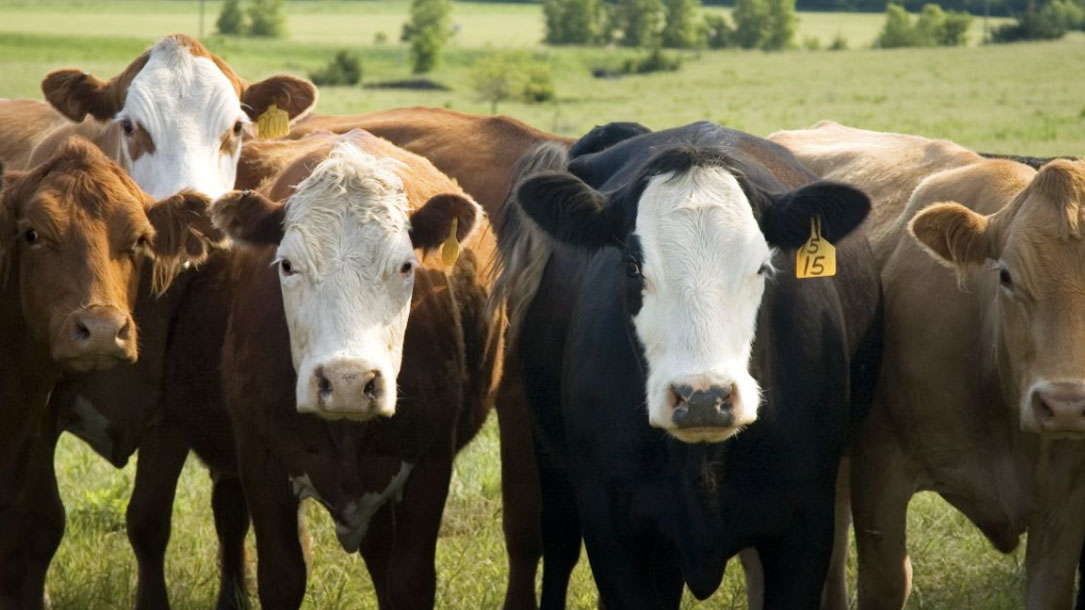
Tweaking cows’ diets can reduce climate-warming pollution
[T]weaking a cow’s diet can cut those emissions by up to 40%, according to some estimates. Providing feed that’s easier to digest, adjusting the proportions of nutrients, and supplementing with certain additives can help reduce the methane produced.
Wightman says it also boosts milk production because less of the energy contained in the feed goes to waste.












